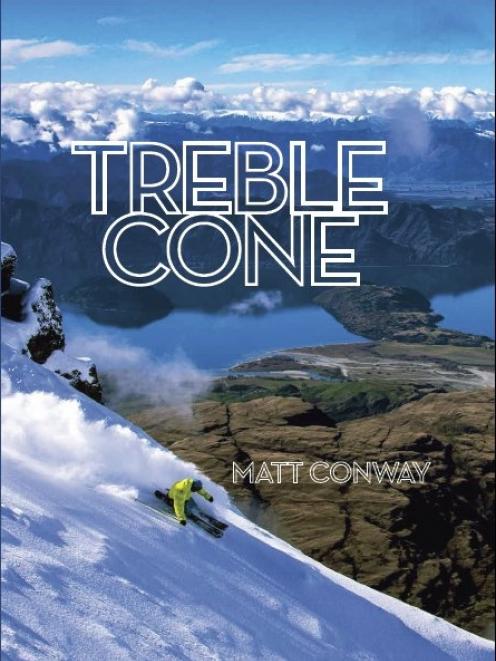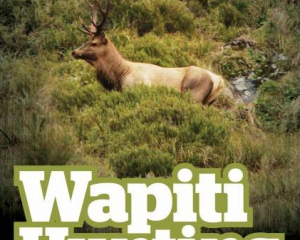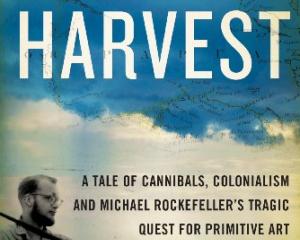
Indeed, but the access ''road'' at the time would have made the Skippers road look like a motorway. A brilliant concept for gondola access from the river flat to the ski base needed only a government guarantee to back the available finance, but the pen-pushers of 1971 looked at their rule books and saw no future in the scheme.
The rest, as they say, is history, which is the topic of this superb book. In pre-European times the mountain's Maori name, Kapakapa-toitoi, described a fluttering bird. Matt Conway relates the mountain's history as Treble Cone from the 1860s, but it was as recently as 1967 that people became determined to create the ski field that has become, to many, the best in New Zealand and one of the finest in the world. It seems hard to believe the first chairlift, a double, was not installed until 1983.
The ideal topology of the area was always plain enough but the ski field didn't happen without the immense determination of numerous people. Skiers, mountaineers, financiers, movers and shakers, entrepreneurs, philanthropists, local landowners, construction experts, all played their part in bringing a dream to reality. Investments have to earn their keep and the setbacks were many.
To mention any of the numerous familiar names that have enriched the history of Treble Cone would certainly create the sin of omission. But two exceptions who gave so freely of their expertise and boundless abilities will meet with acclamation: Sir Tim Wallis, who donated so much more than essential helicopter access and know-how; and Sir Edmund Hillary, as a director of the skifield company in the 1970s.
The doubters of the 1970s have seen Treble Cone rise to the ranks of the world's best, with a particular reputation for the training of instructors and world-class skiers.
The author writes with the infectious enthusiasm for Central Otago that is a part of belonging there. He succeeds admirably in revealing the personalities of the many contributors to Treble Cone and the hard physical work under tough conditions consumed by the project. Mountain tracks exist at the courtesy of nature, which sad to say, has not always been too courteous. The idea of gondola access has never gone away but if it happens, another upsurge in popularity is inevitable.
This book is richly illustrated with photographs from a wide variety of sources, including the Otago Daily Times. My favourite on page 111 is a cleverly framed backflip, seemingly into oblivion against a backdrop of the Glendhu Bay area far below. Breathtaking landscape views, skiing action shots and a good collection of early historical records top off a truly superb book, just the answer to guests who ask what to take home from New Zealand.
Give them this, and a gentle reminder that our ski fields are above the tree line.
- Clive Trotman is a Dunedin arbitrator and science presenter.




